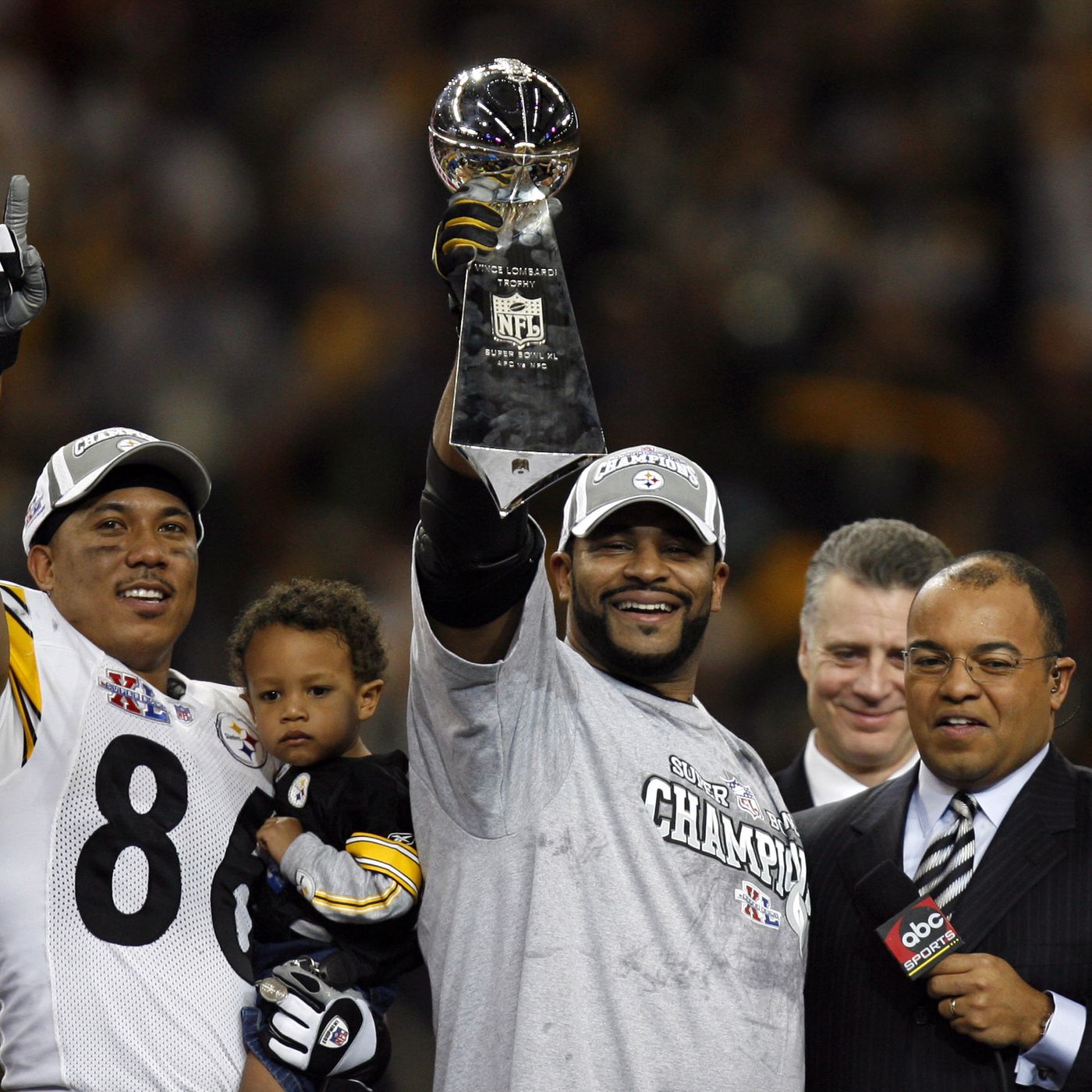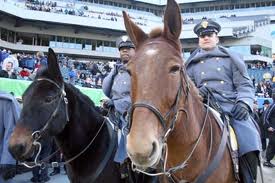As the American summer draws to a close and football season returns, many sports fans across the country will be gearing up to cheer their favorite teams on Saturdays. For fans of college football’s U.S. Military Academy, this is especially true – as followers commemorate the heroism of Army players both past and present who have made outstanding achievements in their respective disciplines.
One such feat that has generated great honor, is when an Army player earned Heisman Trophy glory after excelling during a stellar collegiate career. With that being said, it’s time for us to recognize all the incredible military athletes who managed to cross into an etched name in sporting history by taking home one of college football’s most prestigious awards – we are here today to celebrate these remarkable USMA cadets turned Army Heisman winners!
USMA Heisman Winners
- Doc Blanchard 1945
- Glenn Davis 1946
- Pete Dawkins 1958

Click Here For
Army Black Knights Nike 2024 Rivalry Collection Suits Long Sleeve T-Shirt and more gear for the Army fan, Cadet or Soldier on your shopping list.

This statue features Army’s three Heisman Trophy winners and the academy’s legendary head coach Earl Blaik who coached the United States Military Academy from 1941 to 1958. Blaik coached all three of Army’s Heisman winners. The order of featured personnel from left to right include, Doc Blanchard, Earl Blaik, Glenn Davis and Pete Dawkins.
Still A Heisman Leading Force
The college football world has seen numerous powerhouse programs dominating the sport and churning out exceptional All-American talent, but few can match the historic accomplishments of Army’s Black Knights. Only five powerhouse schools – Notre Dame, Ohio State, Oklahoma, Alabama, and USC – have generated more Heisman Trophy winners throughout the years.
This impressive feat can be traced back to the mid-1940s when Army’s devastating backfield duo, Felix “Doc” Blanchard and Glenn Davis, brought the prestigious Heisman Trophy to West Point in 1945 and 1946. Not only did this devastating tandem dominate individual accolades, earning All-American status for three consecutive years, but they also played an instrumental role in catapulting the Cadets to the pinnacle of the sport, securing three consecutive national championship titles from 1944 to 1946, cementing Army’s place in college football history.
Doc Blanchard – 1945 Heisman Trophy Winner

Blanchard’s exceptional talent on the field, combined with his robust physique, earned him the title “Mr. Inside” – a testament to his bruising running style and imposing 200-pound-plus frame. Interestingly, Blanchard’s journey to the iconic West Point began with a rejection from the Navy’s V-12 program, as he was deemed overweight and had a vision problem.
Despite these setbacks, Army Legendary Coach Earl Red Blaik recognized the undeniable potential in the South Carolina native, who instilled fear in the hearts of their opponents. Through his book, “You Have to Pay the Price,” Blaik fondly recalled, “Doc Blanchard was the best-built athlete I ever saw: 6 feet and 208 pounds at his peak, not a suspicion of fat on him, with slim waist, atlas shoulders, colossal legs.” Blaik continued to praise Blanchard, highlighting his remarkable agility and speed for a man of his size: “For a big man, “Doc” was the quickest starter I ever saw, and in the open.” Undoubtedly, Blanchard’s extraordinary athleticism continues to leave a lasting impression on the sports world.

Get ready for the next rivalry game against the Naval Academy show everyone that it’s time to “Beat Navy!”

Glen Davis – 1946 Heisman Trophy Winner
A powerful force on the football field, Blanchard’s running prowess set the stage for an exceptional partnership with the highly talented Glenn Davis. As quick as lightning, Davis became known as “Mr. Outside” for his unique ability to evade tacklers with his incredible speed, adding flair and finesse to their offensive maneuvers. The California native displayed his extraordinary talent in his first year as a varsity regular in 1944 by topping the national scoring charts and averaging an astounding 11.1 YPC.

Coach Blaik’s glowing praise of Davis was well deserved, as he marveled at this one-of-a-kind halfback who raced with captivating speed and had a seemingly endless supply of gears in his arsenal. It was the perfect marriage of power and agility, propelling both the unstoppable duo of Blanchard and Davis as well as their team, the Black Knights, to reach impressive heights. Their combined record of 97 touchdowns and 585 points paved the way for a 27-0-1 record – an incredible testament to their unwavering dominance over their collegiate rivals.

Davis’ Second Heisman Connection
A captivating aspect of Glen Davis’ life lies in the profound connection he forged with two fellow Heisman winners – on and off the field. While sharing a solid rapport with running mate Blanchard, it was a bond beyond sports that truly set Davis apart. In a twist of fate, he married Yvonne Ameche, the widow of Wisconsin’s 1954 Heisman winner, Alan Ameche. However, before settling down, even Hollywood couldn’t resist the charm of this exceptional athlete, as he briefly dated silver screen queen Elizabeth Taylor before marrying actress Terry Moore.
Donated Heismans – One is Lost at Sea
Interestingly, Davis, like Blanchard, paid tribute to their humble beginnings by generously donating their coveted Heisman trophies to their respected high schools. As if etched in history, Davis’ trophy once adorned Bonita High in Laverne, CA, just as Blanchard’s did at St. Stanislaus High School in Bay St. Louis, Miss, until it was tragically swept away by Hurricane Katrina. The legacy of these extraordinary sportsmen, though, continues to inspire generations. And even in his passing, Davis is resting near his former Army head coach, Red Blaik, leaving an everlasting connection to the world of sports.
Pete Dawkins – 1958 Heisman Trophy Winner
The 1958 season was truly a remarkable one for the Army Black Knights, with Pete Dawkins taking center stage as their Heisman-winning hero. Not only did Dawkins display incredible talent on the field, showcasing his versatile athleticism by amassing over 1,200 yards and 12 touchdowns as a rusher, receiver, and kick returner, but he also led the team to their last undefeated season.

However, as impressive as these feats were, Dawkins’ achievements didn’t end on the gridiron. As a top-ranking graduate from West Point, he consistently demonstrated his intellect and leadership not only in the classroom but also in his post-football life. By turning down the allure of the NFL and choosing to further his education at Oxford on a Rhodes Scholarship, Dawkins set the stage for an even greater legacy.
Ultimately, his dedication to excellence saw him become the youngest Brigadier General on active duty in the U.S. Army at the age of 43. Dawkins showcased tremendous courage as he went head-to-head against adversity in the Vietnam War, earning himself two bronze stars for valor; exemplifying the true spirit of a champion both on and off the field.

Discover more great College and NFL Facts
NFL Teams With Most Super Bowl Championships
Discover the NFL Franchises that have earned the most Super Bowl victories since the first one was played following the…
Navy Football Heisman Winners, Mascot and Nickname
Discover the great stories behind Navy football, the Academy’s Heisman Trophy winners and how the Naval Academy football team became…
Army Black Knights Mascot and Traditions
Discover the tremendous and unique traditions that reside at West Point as the Cadets prepare to defeat their opponents on…


